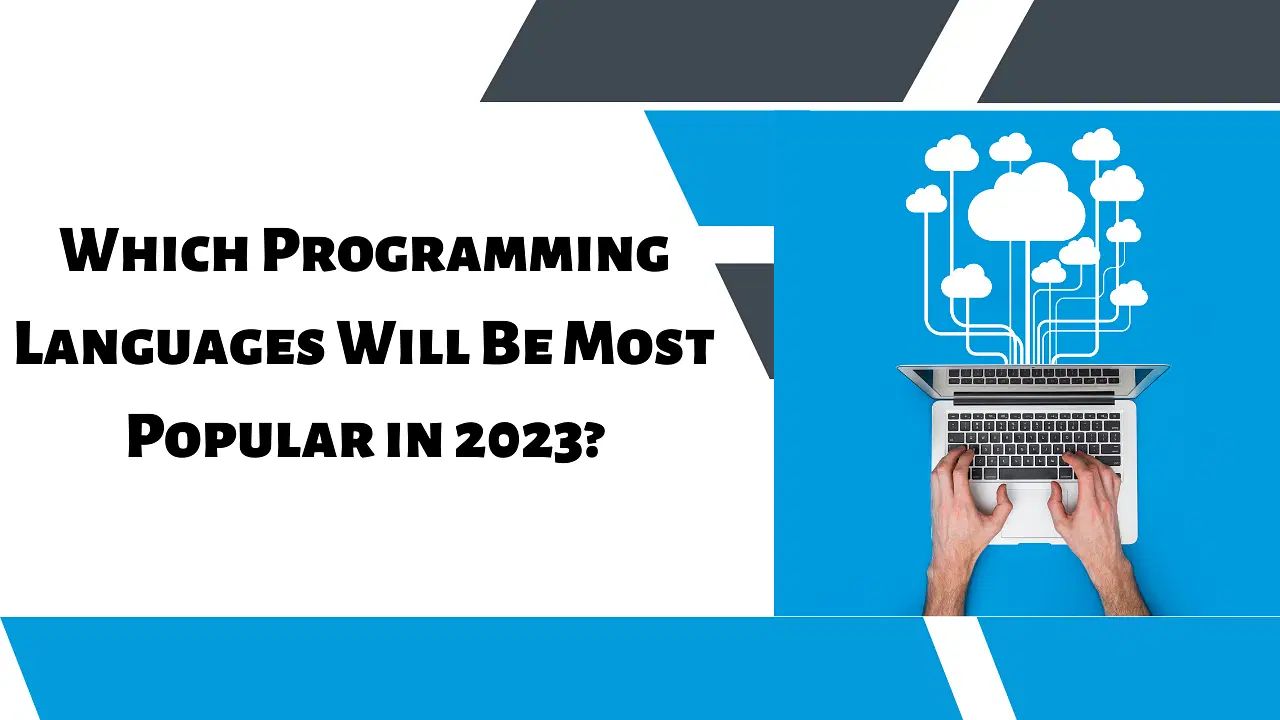Which Programming Languages Will Be Most Popular in 2023?
Programming language popularity trends constantly change, except for C, C++, and Java, which have remained on top since the beginning of time. If you want to know which programming languages are going to be most popular in 2023 or what your career prospects will be based on your skills and interests, then check out this infographic that’s guaranteed to predict the future! [Infographic] Which Programming Languages Will Be Most Popular in 2023?
Python
A high-level programming language that emphasizes code readability and allows programmers to express concepts in fewer lines of code than would be possible in languages such as C++ or Java. Python has a broad library of open source libraries, most notably around scientific computing, web application development, machine learning applications and games.
PHP
While its share of searches is declining, PHP remains one of the most popular programming languages for web development. It’s a popular choice among freelancers, thanks to its ease of use, cross-platform compatibility and large community. However, it’s facing stiff competition from languages like Ruby, Python and Java when it comes to app development. The future looks bright for PHP as there are few alternatives with near-identical features. One of the first programming languages you should learn if you plan on working as a programmer in an IT Software Company In Jaipur, India or just learning how to create websites online is
Javascript
This is a tough one. It’s popular now but will it still be around in 20 years? Chances are, yes. It’s been around since 1995 and it seems to be all over today’s web pages. But who knows, maybe an AI will take over all of our programming jobs by then! The future is unclear for Javascript as it has become ubiquitous with other languages like Python and C++. The more complex a program gets, however, the less readable Javascript becomes. So if you want to write for large-scale programs that require very specific functionality or highly efficient code execution (such as games), you might have better luck with another language like C++ or Java.
Java
From Financial Apps to Self-Driving Cars, Java Continues to Rule as Most Popular Development Language If you’re looking for a language that will be around for years to come, look no further than Java. The programming language has been around since 1995 and is used by millions of developers across multiple platforms—from mobile apps and games to enterprise software and web applications. The language is currently on its eighth major version (Java 8), which was released back in 2014. In addition, Oracle recently announced that it will continue developing new versions of Java for at least another 10 years.
C#
It’s no secret that C# is one of Microsoft’s most popular programming languages. It also sits at number 6 on TIOBE’s list of languages for 2016, and it earned a spot on PYPL for 2016 as well. You can create a wide range of programs with C# from desktop apps to mobile applications, and you have access to Visual Studio, an incredibly powerful tool used by developers across all industries. Just make sure you know C++ first before diving into C#!
Ruby
A general-purpose interpreted dynamic programming language with a focus on simplicity and productivity. Ruby has features to process text files and also supports object-oriented, imperative, and functional programming styles. It is used by such organizations as Twitter, Shopify, and Airbnb. It is also used for websites like Hulu, SoundCloud, and GitHub. It was created by Yukihiro Matsumoto (Matz) in 1995. Python: Python is a high-level programming language that can be applied to many different uses.
Swift
In twenty-twenty, Apple will replace Objective C as its main programming language. This means that anyone with an interest in IT and software development should learn Swift as soon as possible. In fact, with Swift only being seven years old, now is a great time to get started! Thanks to Apple’s recent decision to open-source Swift, third-party tutorials are more readily available than ever before.
